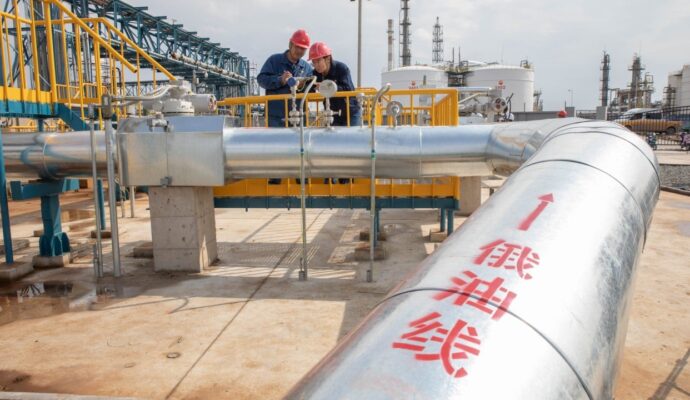
Amid the labyrinth of stalls at Yiwu’s small-commodities market – the world’s largest wholesale hub, located in eastern China – Canadian retailer Luke Therrien weaves through aisles of Christmas trinkets, keychains and gadgets, scanning for suppliers he once sourced through American middlemen.
Advertisement
Those intermediaries used to curate goods from hundreds of Chinese factories and repackage them for North American retailers like Therrien, the CEO of his company.
But now, amid deepening trade tensions, stock shortages and tariff headaches across the border in the US, Therrien has come straight to the source. The shift has added weeks of legwork and logistical hurdles – but it may also be steering him toward a more sustainable and cost-efficient supply chain.
“One door closes, another opens,” Therrien said. “It will be hard for us for this particular season, as we are buying for the Christmas season. But from a pricing perspective, it’s obviously better for us [in the long run].
“For anybody in business right now, you’re going to have to finesse and find new ways to source products; that’s just the reality of things. We are going to have to move more and more of our purchasing outside of the US and try to find more direct players.”
Some shipments were taxed, others weren’t – it’s a complete mess right now.
The trade war is doing more than rattling the world’s two largest economies – it is quietly redrawing the map of global supply chains. Tariffs are no longer just a matter of cost; they are fundamentally reshaping the way goods are sourced, traded and moved across borders.
Advertisement

